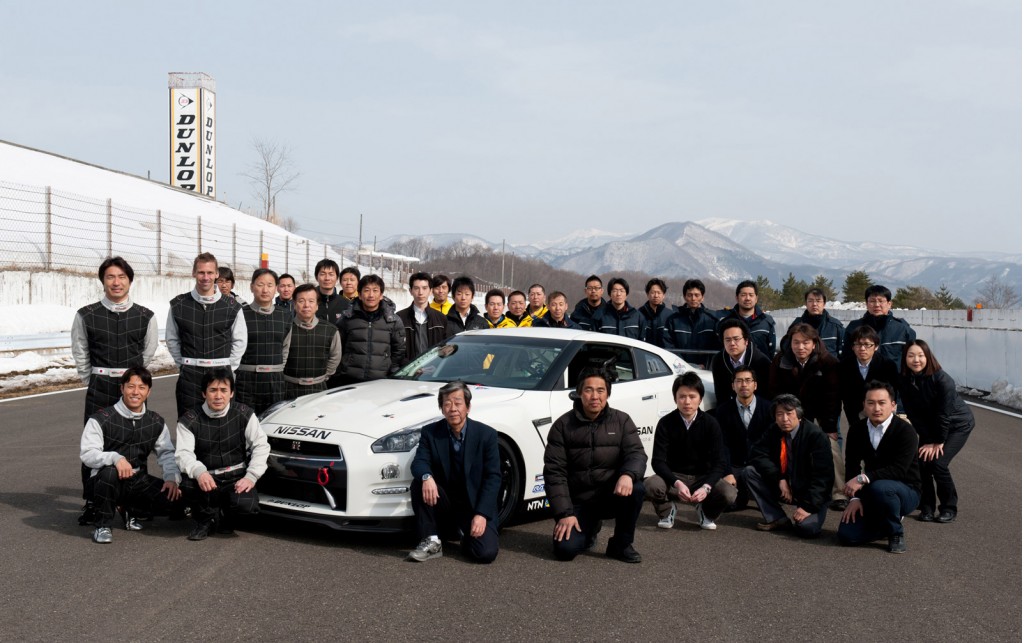You all knew it was going to come to this. In my bid for infinite internet fame and glory I will now be posting a cat video. What we’ll be talking about today is one of the universe’s great mysteries. How does a cat always land on its feet?
Before you start the video, here’s a little background information on Moment of Inertia. Don’t worry, it’s not nearly as complicated as it sounds and you already intuitively understand it from your time on the playground as a kid/kid at heart. Lets start with the conservation of energy. Lets say you have two boys sitting on skateboards that you are going to push down the sidewalk. One of them is skinny and one is fat. If we give both kids a push with the same amount of force, which one will go faster? Well that’s easy; the skinny kid goes faster because he has less mass. You could even go as far as to say that the fat kid’s extra mass makes him resistant to acceleration.
OK, now lets take that same concept and apply it to the merry-go-round. With the kids on skateboard we were looking at their linear speed rolling down the sidewalk. On the merry-go-round we’ll be looking at how fast it’s spinning. The two cases we’re going to compare are when everybody sits in the center of the merry-go-round vs. the outer edge. Even though the merry-go-round passengers weigh the same in both cases, the merry-go-round is easier to turn when everybody is sitting in the center because it has a smaller moment of inertia. The energy put into spinning the merry-go-round results in a higher RPM just like skinny kid went faster on the skateboard when we pushed him. When all the passengers move to the outside, the moment of inertia increases and the merry-go-round becomes more resistant to gaining RPM’s just like the fat kid on the skateboard was resistant to acceleration. So the next time some weirdo asks you about the moment of inertia of something, all you have to do is think about how fat the merry-go-round is.
Now watch the cat video:
You can think of the cat as having two merry-go-rounds attached to its spine, one from its front legs and one from its rear legs. Spreading one pair of legs increases their moment of inertia which gives the cat something to “push off of” to rotate the other pair of legs even though it’s free falling. This gives the cat the ability to rotate each pair of legs so they’re always pointed at the ground. Unfortunately this means there’s no mythical spinning force that causes cats to always land on their feet. That doesn’t make the concept of the buttered-toast-taped-to-a-cat perpetual motion machine any less hilarious, though.
Sources: Smarter Every Day and Flying Horse on YouTube



